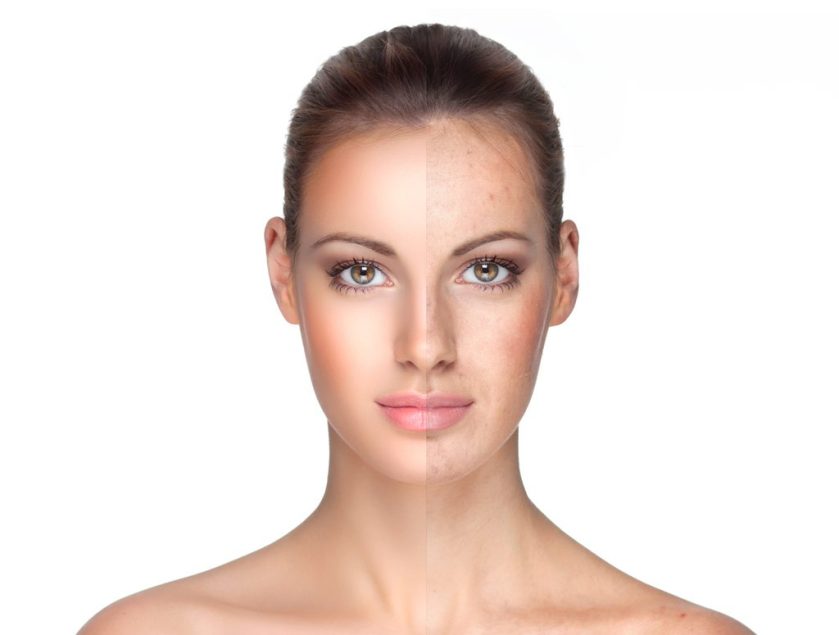Before and after photos of clients are undeniably an absolute must for every spa, clinic and/or salon. Regardless of the service, these photos are your portfolio of work, and your way of showing off what you can do for prospective clients. They make wonderful social media content, back up positive word of mouth (or combat the negative) and add instant credibility to your business and your team. You can use them to teach clients about new treatments on the menu, and they are also a great opportunity to give your business a little more personality by crediting images to individual staff members, allowing viewers to get a sense of their unique style and handywork.
Our industry is, however, more sensitive-natured than some, and caution should be taken when proceeding with photo and/video content. Not only are many treatments invasive or surgical, but many clients prefer discretion when it comes to their aesthetics treatments, and can be hesitant to broadcast this across social media or other online platforms.
When it comes to both technique and tact, here are some handy tips to keep in mind when taking client photos:
Ask!
First and foremost, for every client, you need permission before taking their photo. Clients place a great deal of trust in their therapists and practitioners when receiving a treatment, and can often be left very vulnerable; eyes closed, face down or otherwise incapacitated. Don’t take advantage of this by snapping their photos without them knowing. Permission is always needed, even if you intend on cropping out various other features or body parts later – a woman can always recognise her own body or face, no matter how obscured!
Seek written permission
Particularly when it comes to more sensitive or invasive treatments, add a question about before & after photos on your consultation card. That way, you have it in writing if any future disputes come up. A plastic surgery clinic in the US was recently sued after posting client photos on their website without obtaining permission. The partially nude images contained portions of the woman’s body, and although they did not portray her face, were clearly identifiable through the client’s tattoos.
Tell them what it’s for
Ensure that when asking the client’s permission to take their photo, you mention where those photos will be used. If you simply say “would you mind if I take some before and after photos?” not all clients will automatically assume you mean to use them for anything. If you plan on posting them to social media later, be sure to mention it, or you may receive a few unhappy messages or calls from clients caught unawares.
Train staff on style
If all of your staff are taking their own before and after photos, have a training session to establish the particular style and technique you would like. Your before and after photos, particularly for social media, should all share a consistent style, composition, positioning, lighting etc. Don’t let any valuable before and after photos go to waste because of inconsistency!
Don’t be pushy
Asses the situation – never make a client feel pressured to have photos taken. Consider the relationship, the mood and the treatment they’re having before asking.
Tag social media
If you’re posting on social media and the mood and relationship allows, ask your client if you can tag them. This will encourage engagement, add more personality and credibility to the post, and who knows, they may even repost it themselves!
Add a watermark
If you’re fearful of other brands or businesses reposting your work as their own, simply add a small, unobstructive watermark towards the centre of the image – your business name or Instagram handle will do.




